What is your favorite Regency fashion? I think mine might be the Spencer jacket, though it took some paper dolls from the period to show me…
Last weekend I wrote a fun piece about early printed paper dolls, Little Fanny and her cohorts Little Henry and Naughty Ellen. The dolls were accompanied by charming storybooks that told tales of the children’s adventures and coming to better themselves through mishaps. Each new scene of their journeys had a different outfit to put the characters in. The clothing each child wore through their adventures played a role in what they learned. For instance, one reason we know that Ellen is such a naughty girl is that at one point she carelessly spoils her new dress, the book reading: Ellen appears in a deplorable Condition, her Frock and Spencer splashes with Mud.
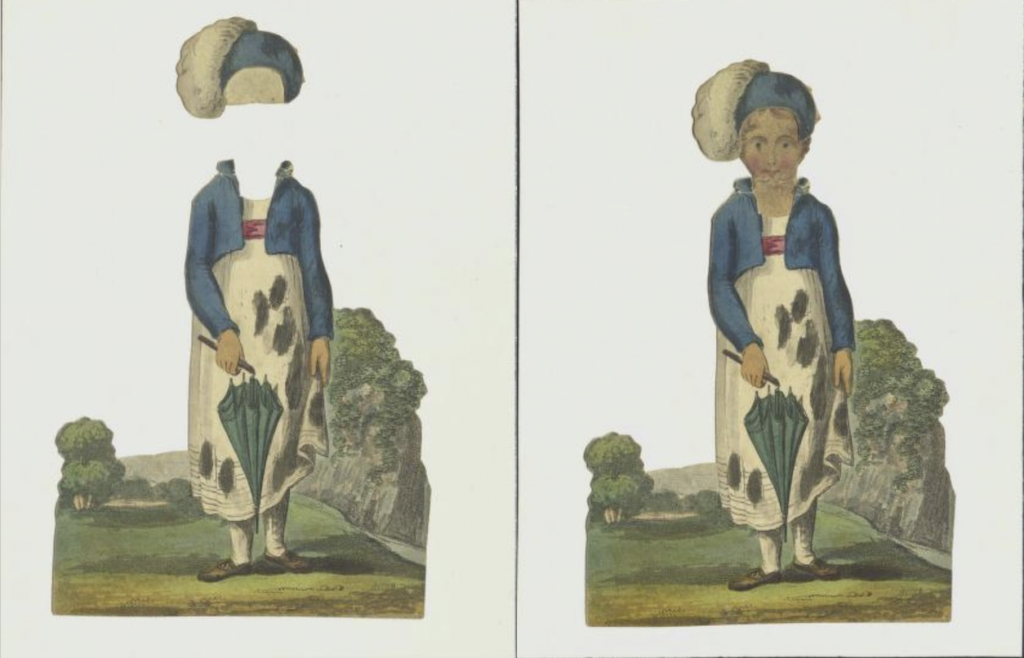
Because both “Frock” and “Spencer” appear capitalized in the book, I assumed it referred to a designer from the Regency period. After a quick search, I realized it was just a difference in punctuation over time, and that the reference was simply to a dress and spencer jacket. AND I realized that a frock and Spencer was the most stunning look from the Regency period and that it needs recognition on the Recollections blog.
The Spencer jacket: the most Regency of looks
As we saw in our discussion of Regency fashion, the popular empire waist dresses of the time were not the most practical for anything other than very pleasant weather. They exposed much of the chest, were often short-sleeved, and made typically of muslin. Covering up was a bit of an issue as fashion-conscious women were highly concerned about maintaining a perfect silhouette. A coat or cape would compromise this effort.
A Spencer jacket was the perfect solution to the problem. It was tailored to fall just underneath the bosom and was often cut with such matching measurements to a dress that it was hard to tell if it was a separate garment. It added a lot of warmth and as Curtis Fulcher points out in his YouTube video on the topic, “It was often called the woman’s bosom friend for obvious reasons.”
The result of adopting the Spencer jacket to pair with empire dresses was both warm and amazing to look at, so much so that we are still keeping its memory alive today.
Another fashion history fantasy?
A look this distinct and influential (though for only a short time) had to come from somewhere, right? Indeed it did, and it comes with a bit of legend that often comes with new trends. The Spencer jacket was of course named for George Spencer, Second Earl of Spencer, a high-profile member of British society and public servant in the early 19th century (and yes, ancestor to Princess Diana). Because he was such a famous figure at the time, I don’t think it is much of a surprise that a military-style jacket emerging during the Regency would have been named in his honor.
But there is more to the story than that, or some would like to believe.
Up to this time, men’s jackets were most commonly worn with tails, especially in formal situations such as in the military. Legend has it that one evening, Earl Spencer was enjoying himself near a fire, wearing such a coat. Accidentally getting too close to the flame, his tails caught fire and left him well, tailless. Rather than toss the coat Earl Spencer clipped the back of his jacket and continued wearing it, quickly creating a brand new trend due to his position as an influencer.
What do you think of the story?
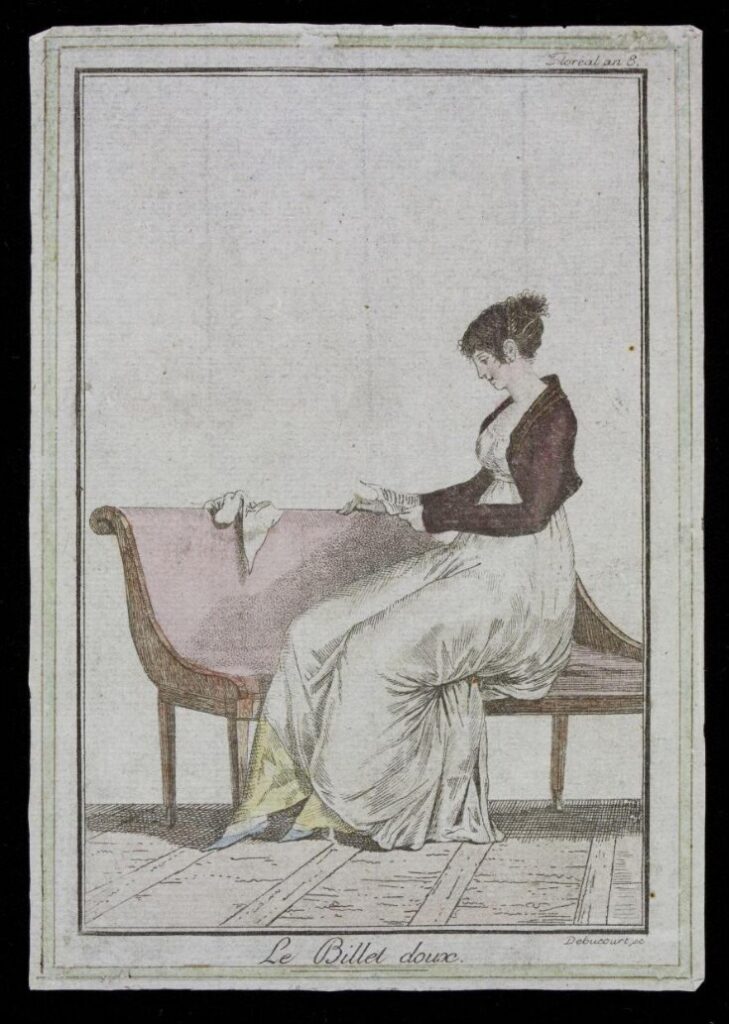
Military-inspired Spencers jackets
Military-inspired styles did tend to make their way into the wardrobes of civilians during the Regency era. After the Spencer jacket became the solution to empire-waist-related colds, the military aesthetic remained. Here are some exquisite examples:
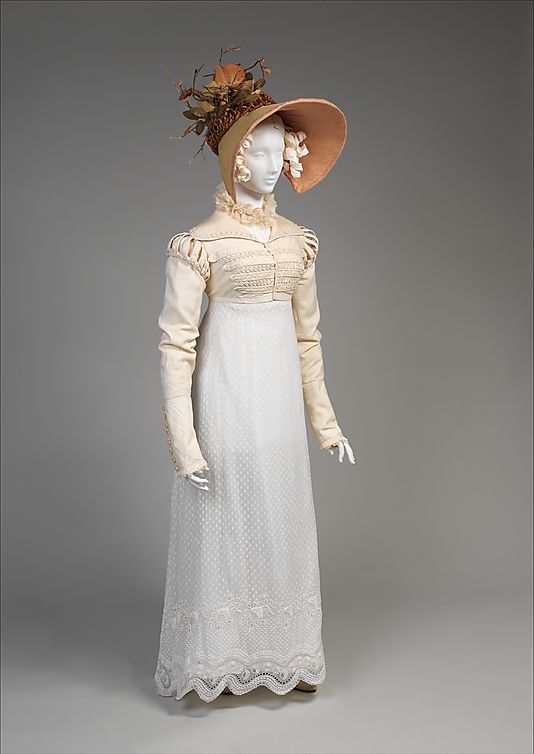
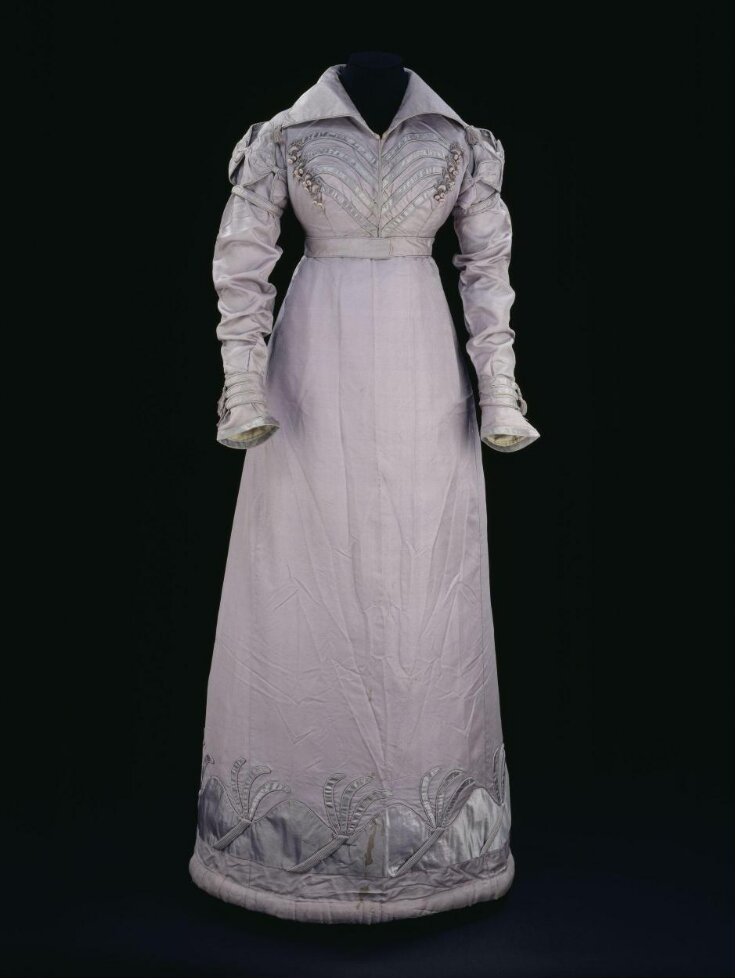
The curators of the Victoria ad Alert Museum recognize the military influence of this Spencer. Their description of the coat reads:
Echoes of military uniform give this walking dress a masculine flourish. The curving satin bands applied to the front of the spencer are reminiscent of the parallel lines of braiding which extended across the breast of many uniforms. Passementerie in the form of crescent-shaped moulds, looped cord and balls covered in floss silk replace the gilt or silver buttons on some regimental coats. The tassels on the collar ends and cuff bands evoke the tassels adorning boots, hats, sashes and cap lines of military accessories. In place of epaulettes, puffed oversleeves composed of linked bows emphasize the shoulder line.
The infusion of military styles into fashionable dress in Britain was largely due to the influence of the Napoleonic Wars (1793-1815). Among other factors, contact with foreign troops had a strong impact on civilian as well as regimental dress, and military ornament was translated into stylish trimmings on women’s hats, bodices, spencers and pelisses. The uniforms worn during this period were some of the most elaborate in the history of military dress, and their bright colours, frogging, braid and tassels fuelled the imagination of fashion for years to come.
Chic Spencer jackets and dress sets
Spencers were also worn as cardigans for a bit of added warmth during the “sweater weather months,” often with less military embellishments. There are some examples of eveningwear Spencers, but they are less common due to the formal look being to expose one’s bosom during the Regency era and formal gatherings being held indoors. They are also more difficult to spot as those worn during the day appear so formal to us today.
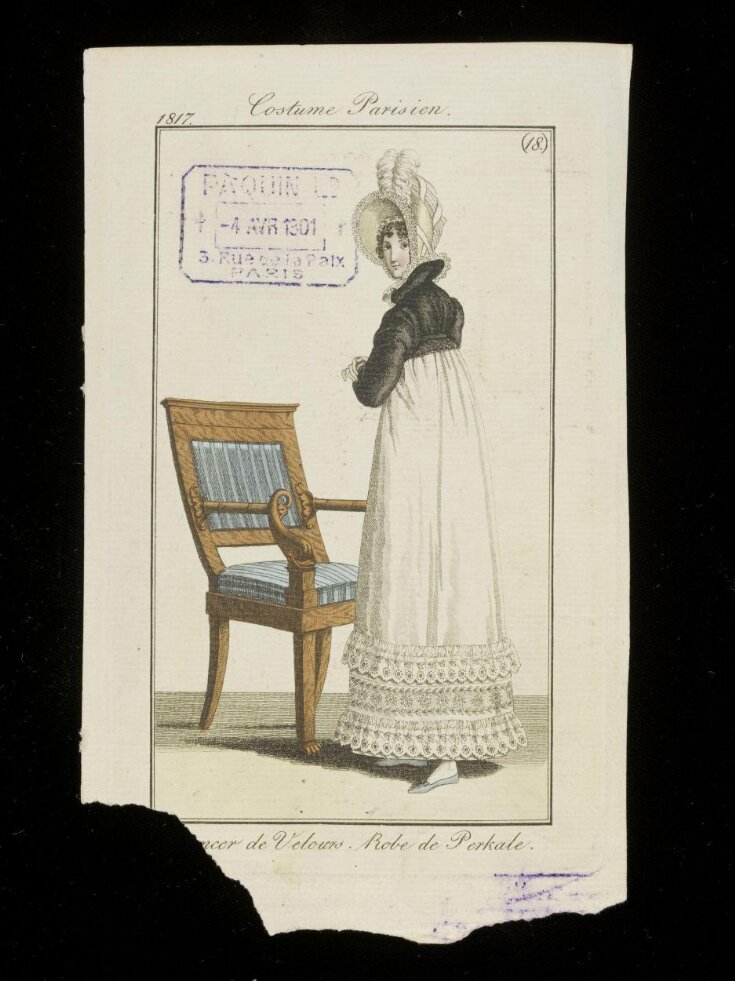
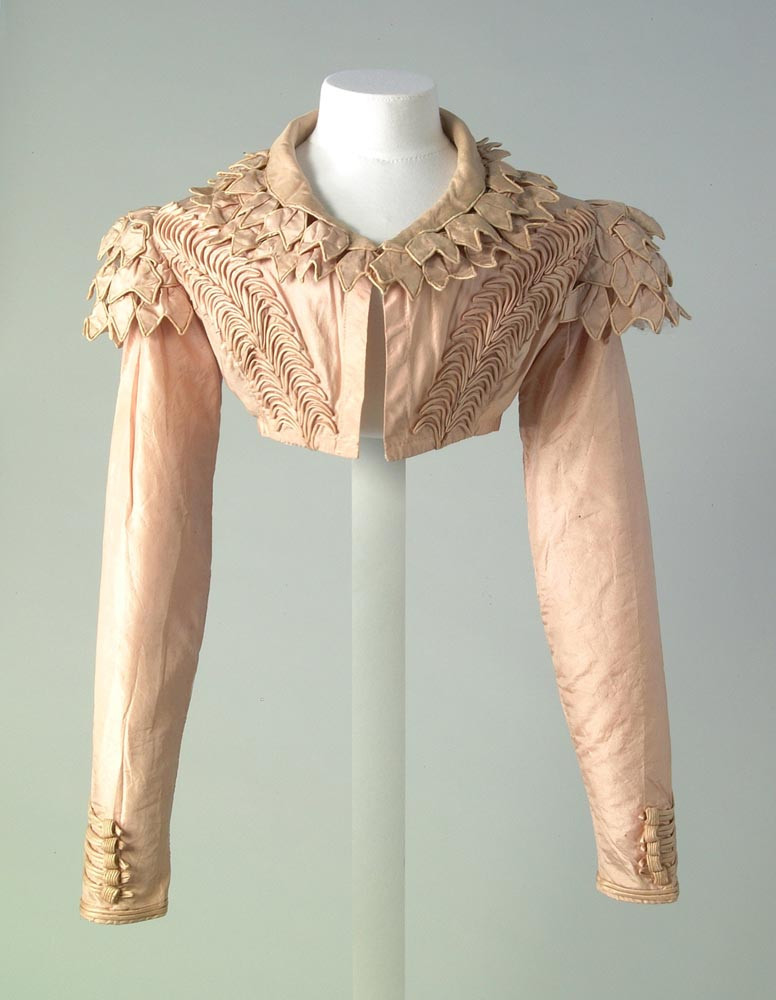
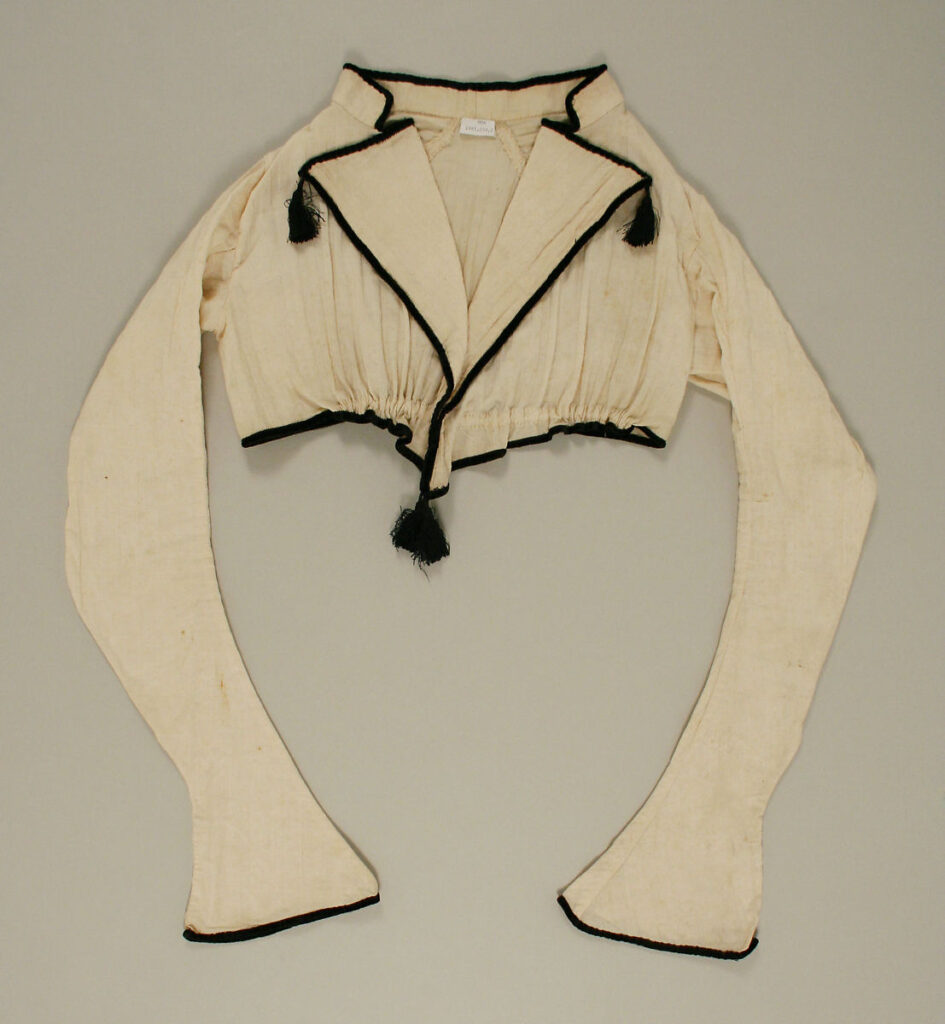
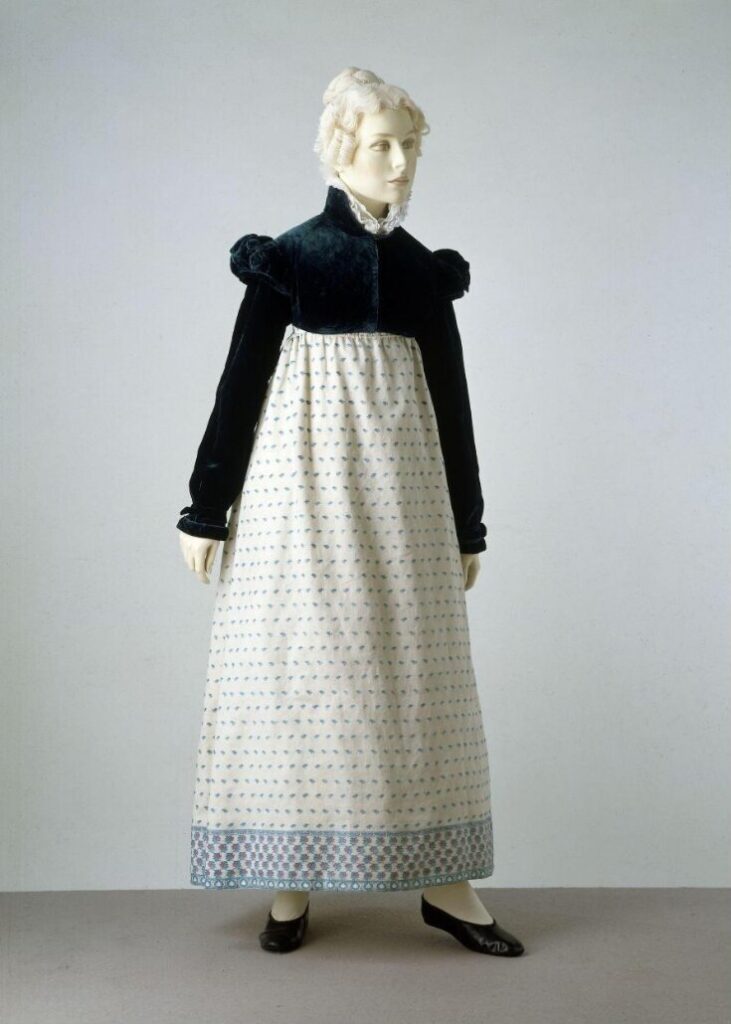
More Regency fun:
Are Bridgerton costumes Regency? Fashion historians weigh in
Before fashion magazines there were fashion dolls

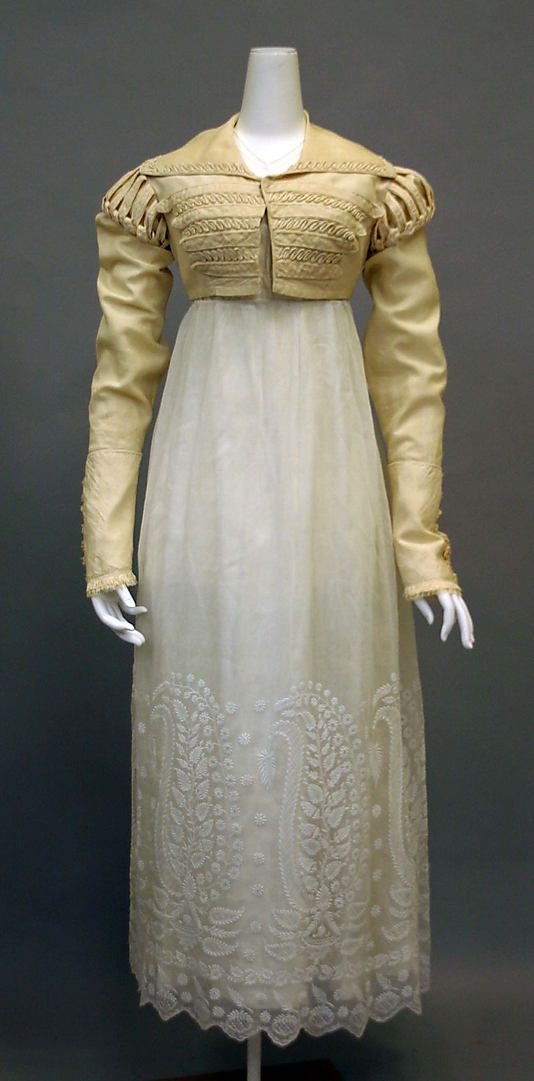
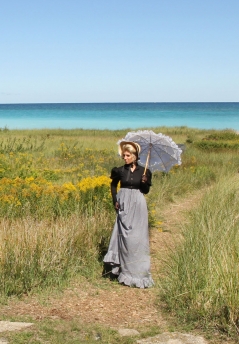
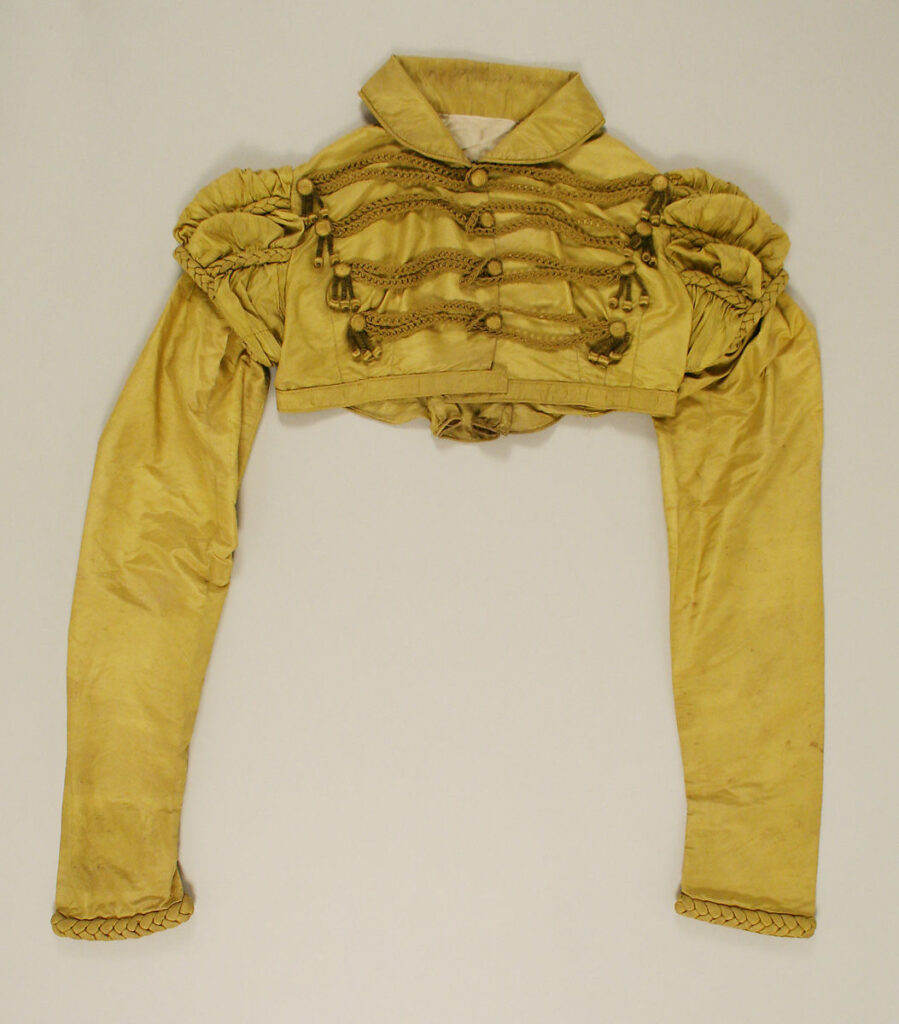
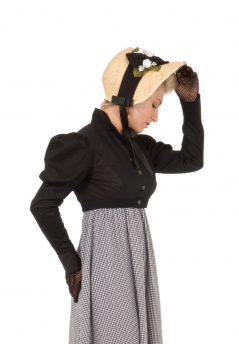
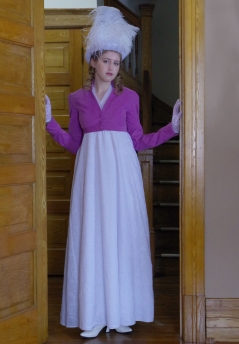




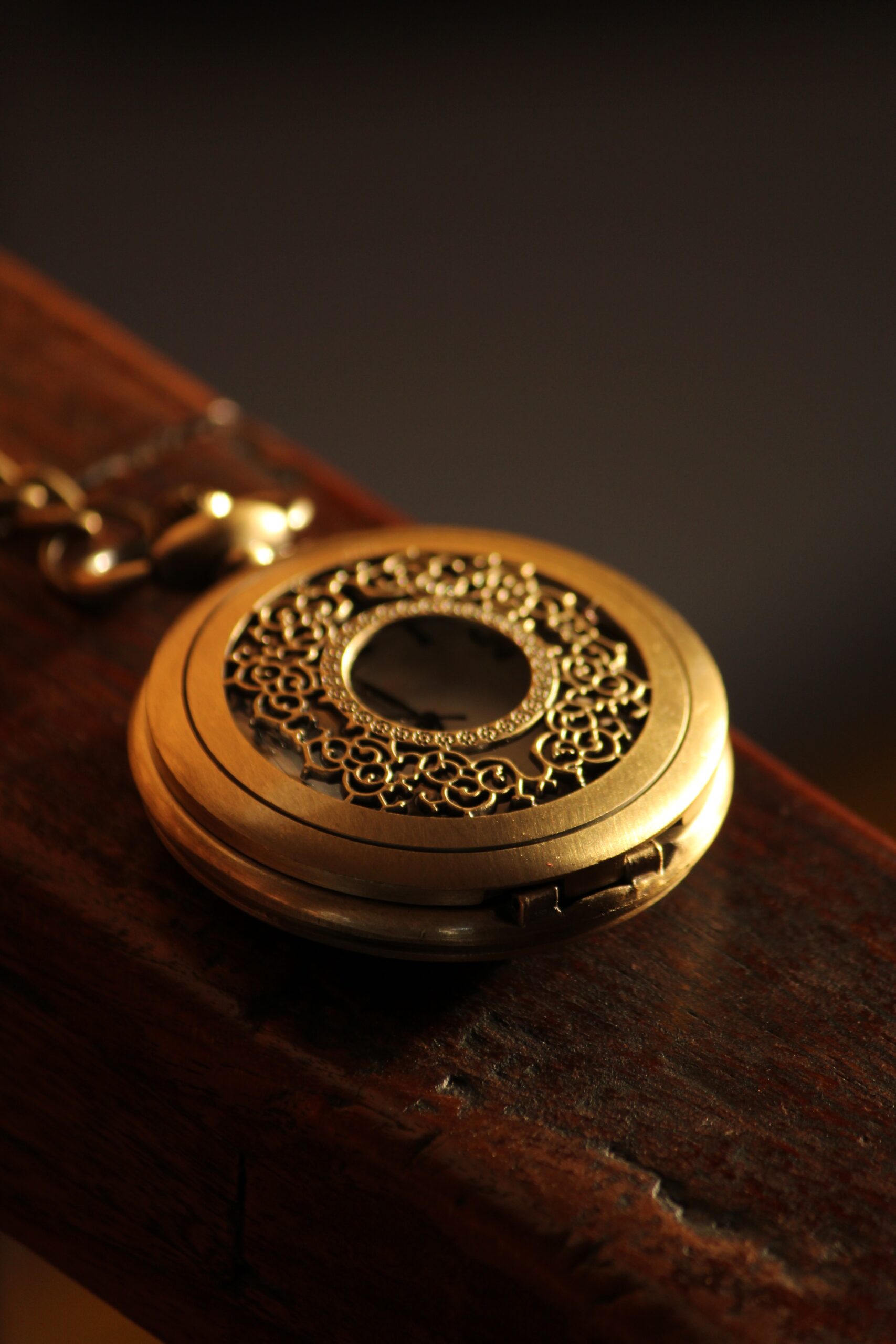
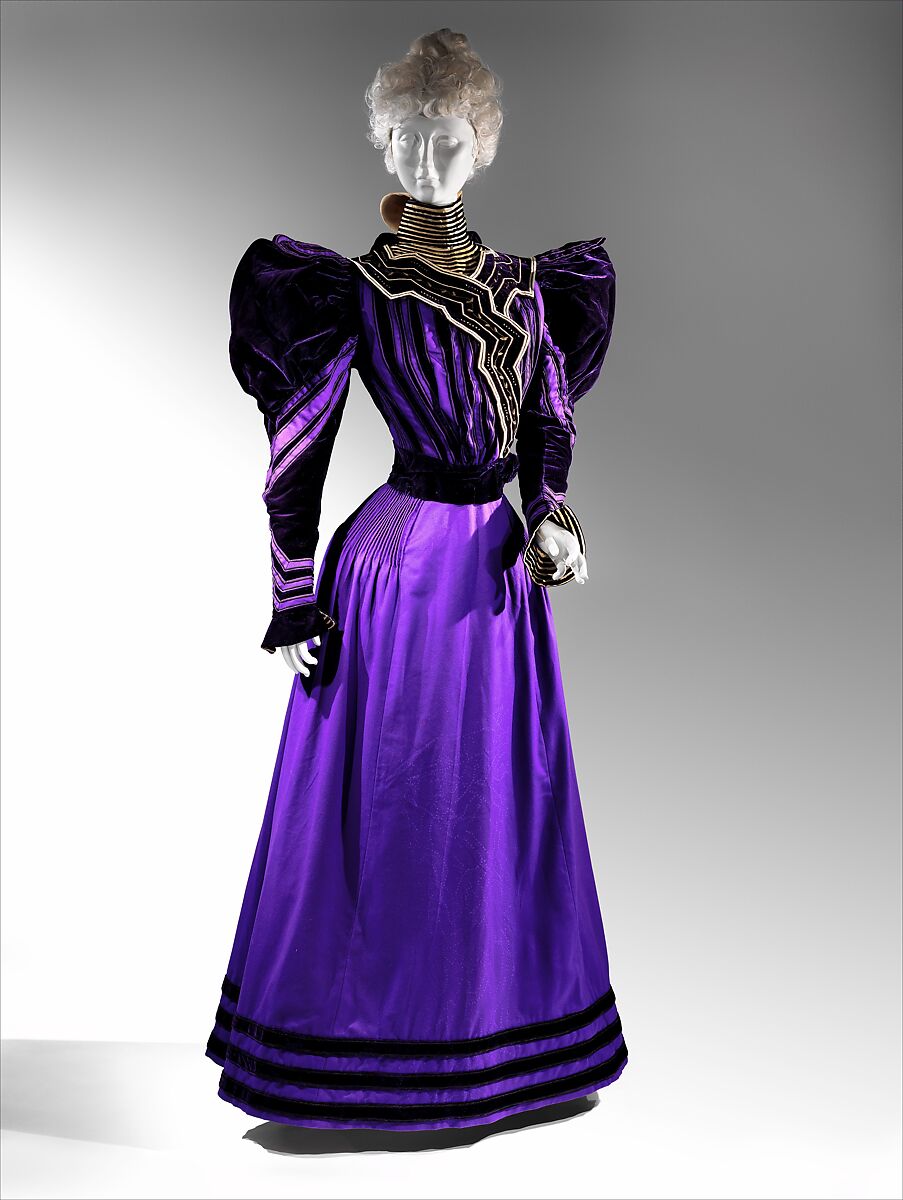

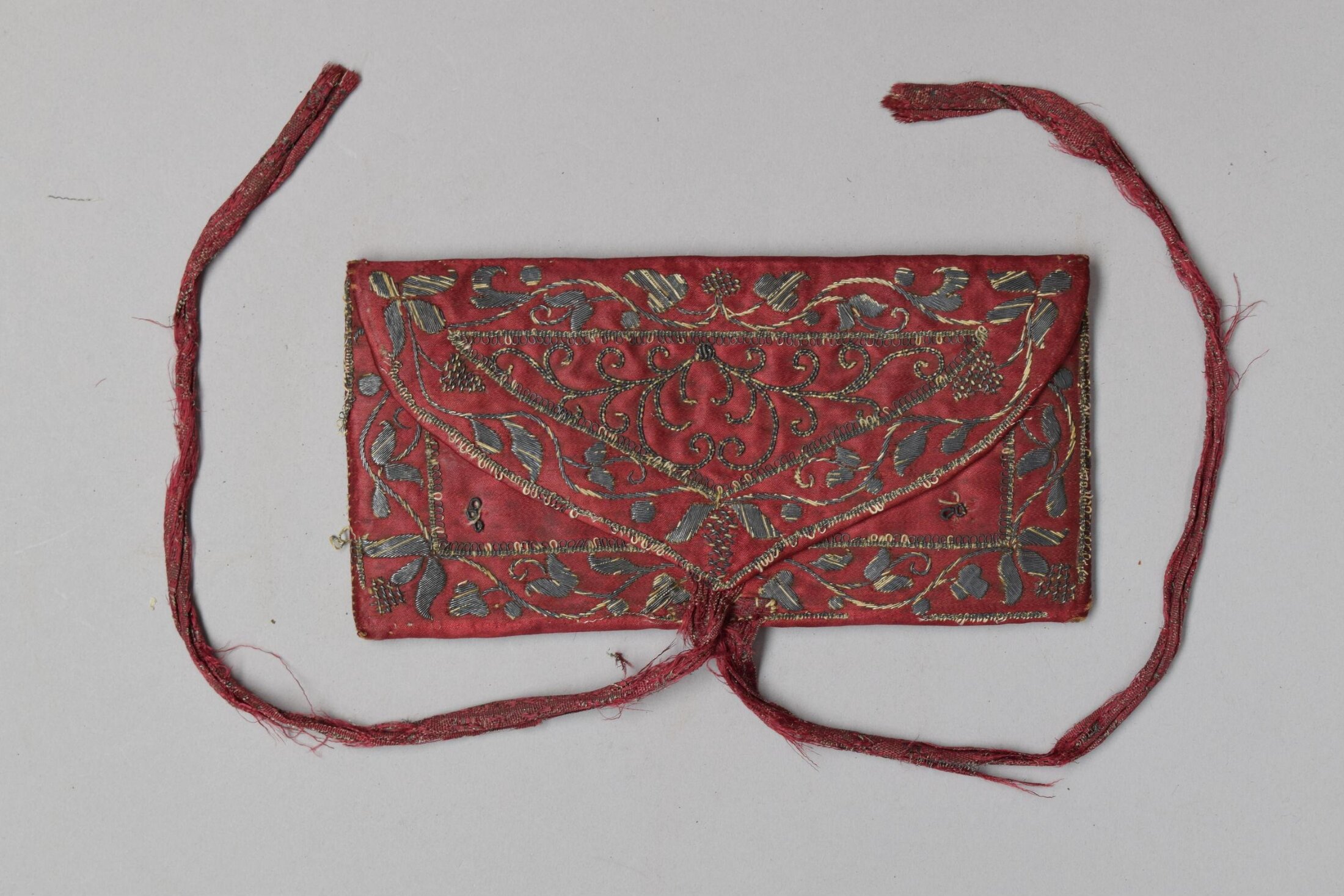
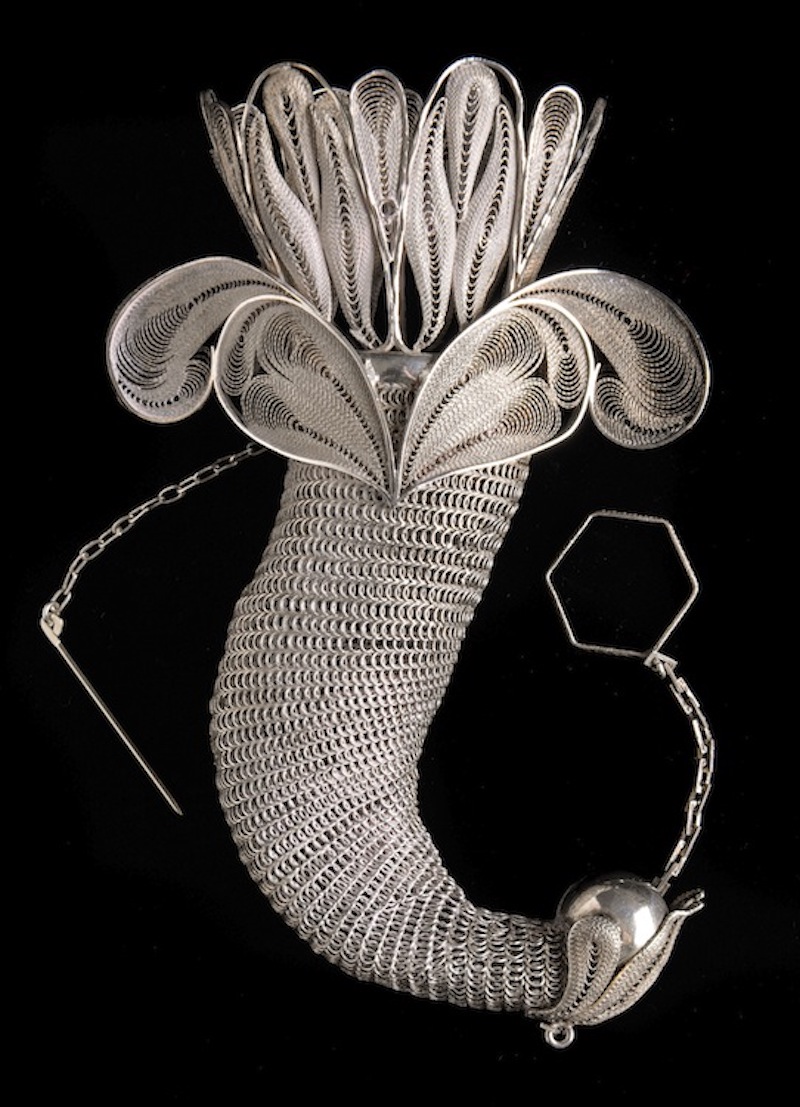
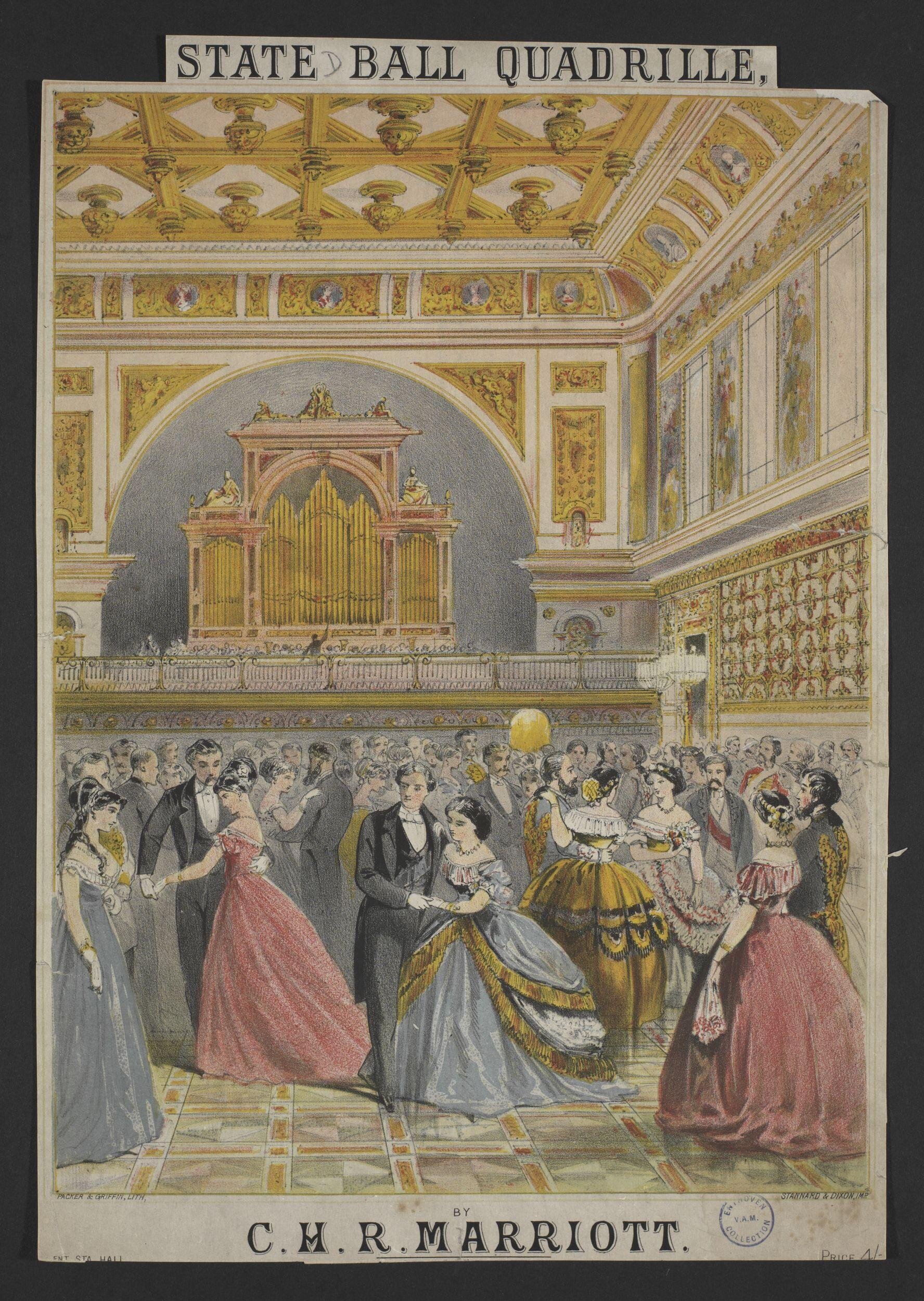
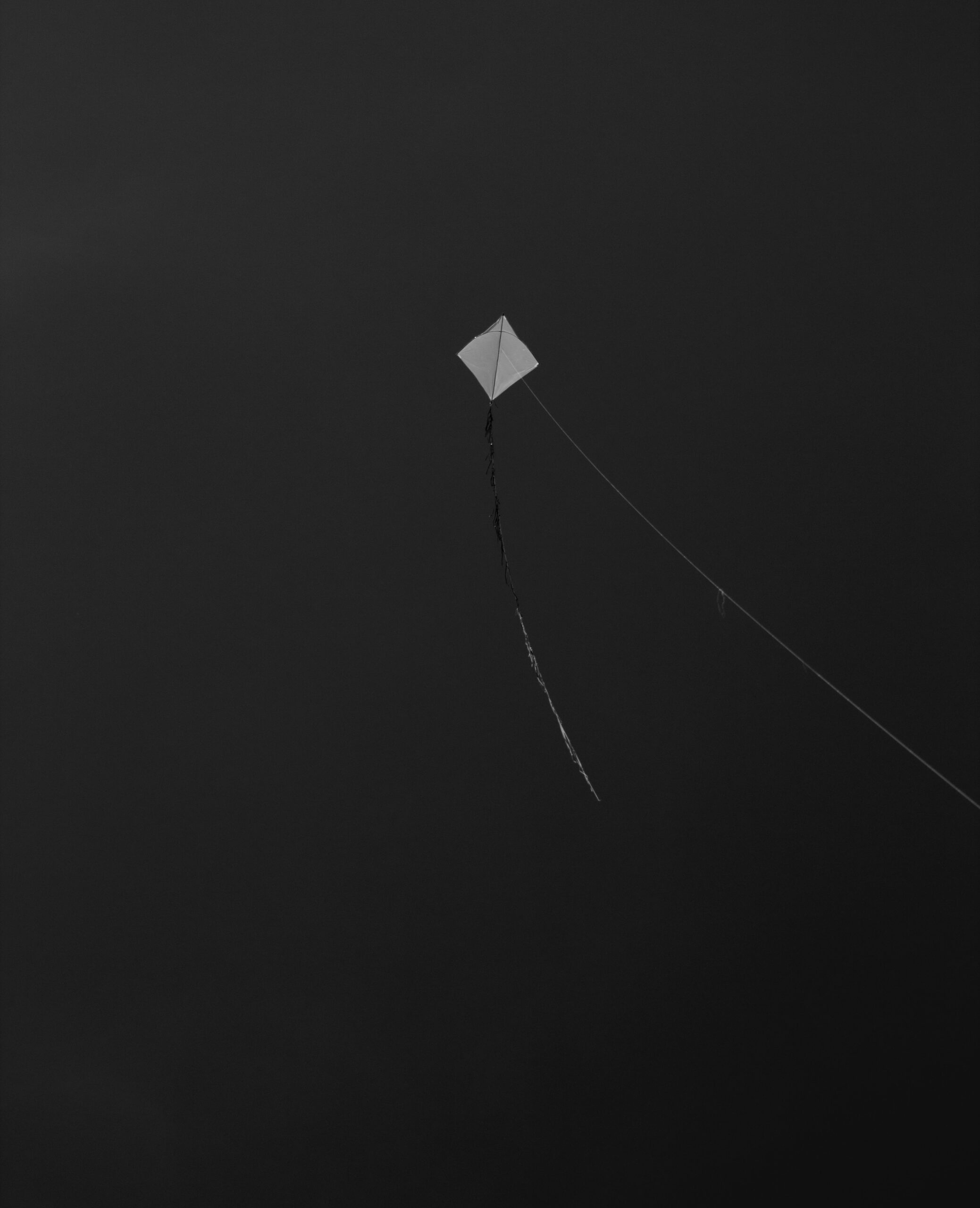
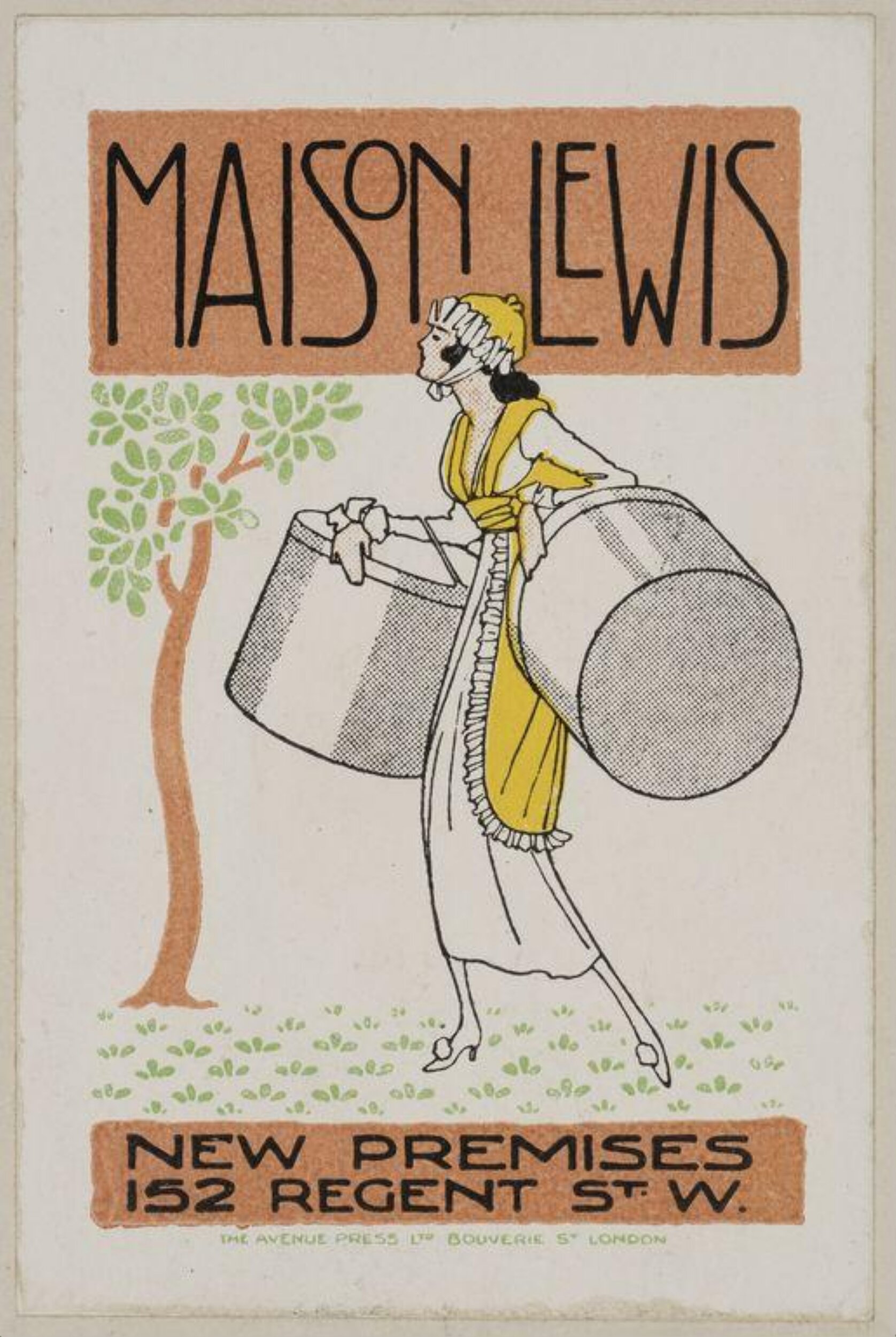
We are glad to have you as a customer! Good luck!
The very first spencer you have at the top of the posting is the one I’m going to try to recreate when I get my regency outfit from you. 🙂